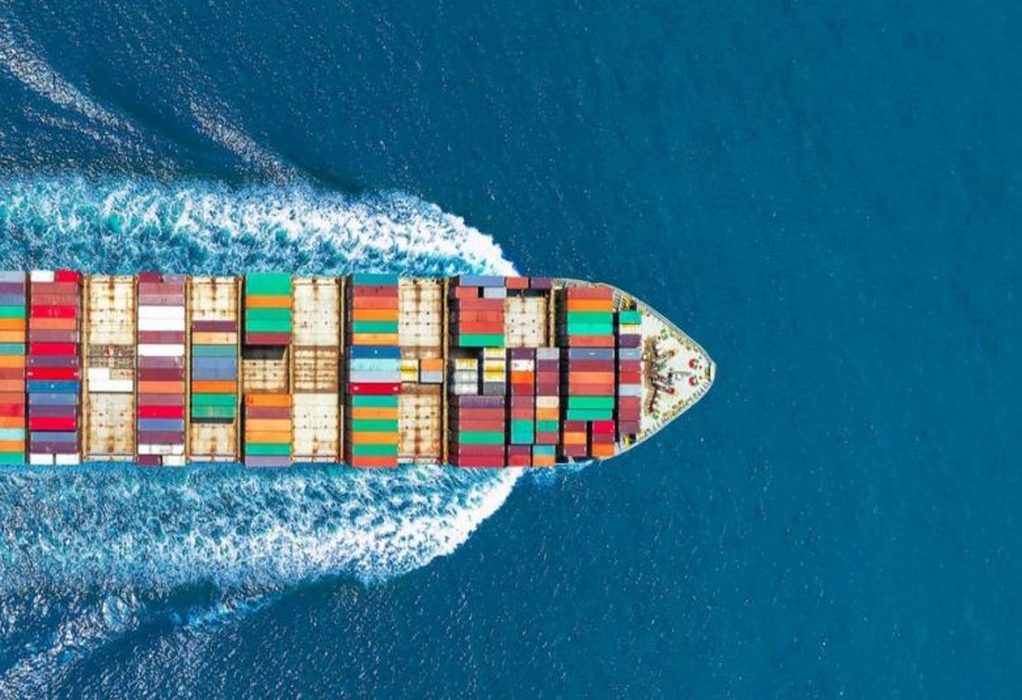Several member states contend that by setting an intermediate emission reduction target for 2040, the IMO will ensure that a more ambitious 2050 target is achievable, according to International Bunker Industry Association (IBIA).
The International Maritime Organisation’s (IMO) 14th Intersessional Working Group on Greenhouse Gases (ISWG GHG 14) meeting was held recently. Member states worked on a draft of the IMO’s revised greenhouse gas (GHG) strategy and discussed policy measures.
The IMO’s initial GHG strategy sets out a target to halve maritime GHG emissions by 2050. The maritime regulatory body is expected to revise this target at the 80th Marine Environment Protection Committee (MEPC) meeting that is coming up in July this year.
The intersessional working group discussed 50%, 80% and even 96% GHG emission reduction targets for 2040, compared to 2008 levels. Some member states called for two separate GHG emission reduction targets for 2030 and 2040, arguing that they could serve as “checkpoints” toward the 2050 target, IBIA says.
Green shipping corridors have been a hot concept in recent months, with several transoceanic and regional corridors announced between countries and companies. But developing green corridor regulations at the IMO level has so far been met with lukewarm interest from member states.
Tags: Emissions, GHGs, IBIA, IMO, ISWG



Recent Posts
Blue Marlin Becomes First Inland Cargo Vessel with Solar-Assisted Propulsion
ABB and Royal Caribbean Partner on 15-Year Deal to Drive Vessel Efficiency and Decarbonization
IET Establishes Centres of Excellence for Green Hydrogen and Electric Vehicle Research
SECI Cancels Green Hydrogen Hub Tender, Pauses Momentum on Flagship Mission
India Pushes Green Shipping and Sustainable Waterways in Northeast with ₹5,000 Crore Investment
Himachal Pradesh Plans Major Boost to Public Transport with E-Buses and Digital Upgrades
Ammonia-Fueled Container Feeder Design Marks Progress in Maritime Decarbonisation
ABS Develops Industry-Leading EV Battery Fire Simulation Modeling